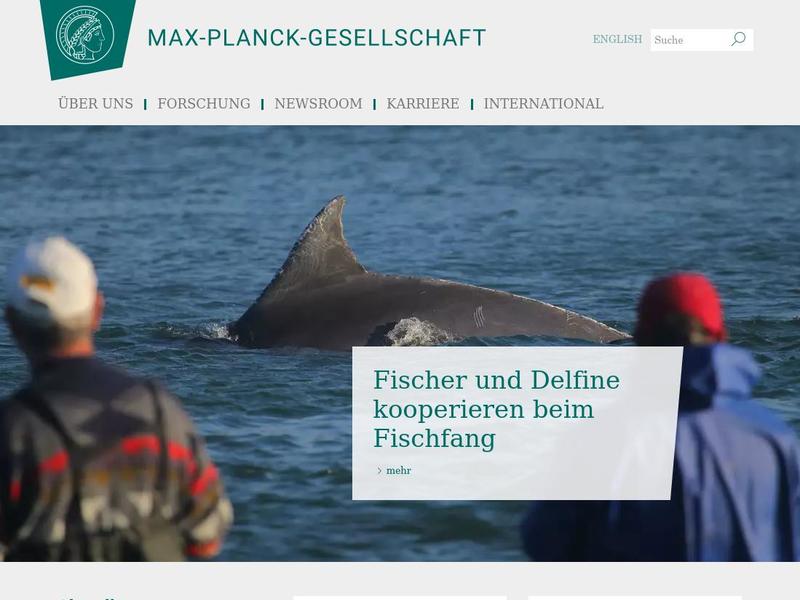Max Planck- Lund-SLU Center for next Generation Insect Chemical Ecology https://www.mpg.de/19886426/max-planck-lund-slu-center-for-next-generation-insect-chemical-ecology
Max Planck- Lund-SLU Center for next Generation Insect Chemical Ecology
Website Max Planck- Lund-SLU Center for next Generation Insect Chemical Ecology

